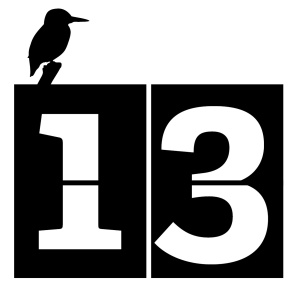#30DaysWild – Day 13

I was back at Wicken Fen today and in charge of 110 children! Fortunately they were ever so well-behaved and not too loud. I was doing the pond dipping sessions with them, and one of the children caught a dragonfly nymph that had started to emerge. However, it was absolutely chucking it down so I took the nymph inside to (a) warm up and (b) dry off!
You can see that it didn’t help all that much as the wings didn’t open properly, not helped further by the fact that the dragonfly kept falling onto them. At the time of writing (c. 7pm), the wings are still quite folded and crumpled. I’m not feeling hopeful for a full recovery.
On an additional note, my photo made it onto the BBC Cambridge Local Live page (posted at 17.49).
Dragonfly chose a poor day to emerge. Very soggy! Have brought it in to dry off & hopefully recover. #30DaysWild pic.twitter.com/Yn6pZcr1Vt
— Megan Shersby (@MeganShersby) June 13, 2016
Doesn't look good, wings look like they may be damaged. Kept falling onto them as it tried to dry out #30DaysWild pic.twitter.com/4hNpKOFKrx
— Megan Shersby (@MeganShersby) June 13, 2016
Here's how it looks now. I'm not hopeful. pic.twitter.com/2KbR72NTr5
— Megan Shersby (@MeganShersby) June 13, 2016









































